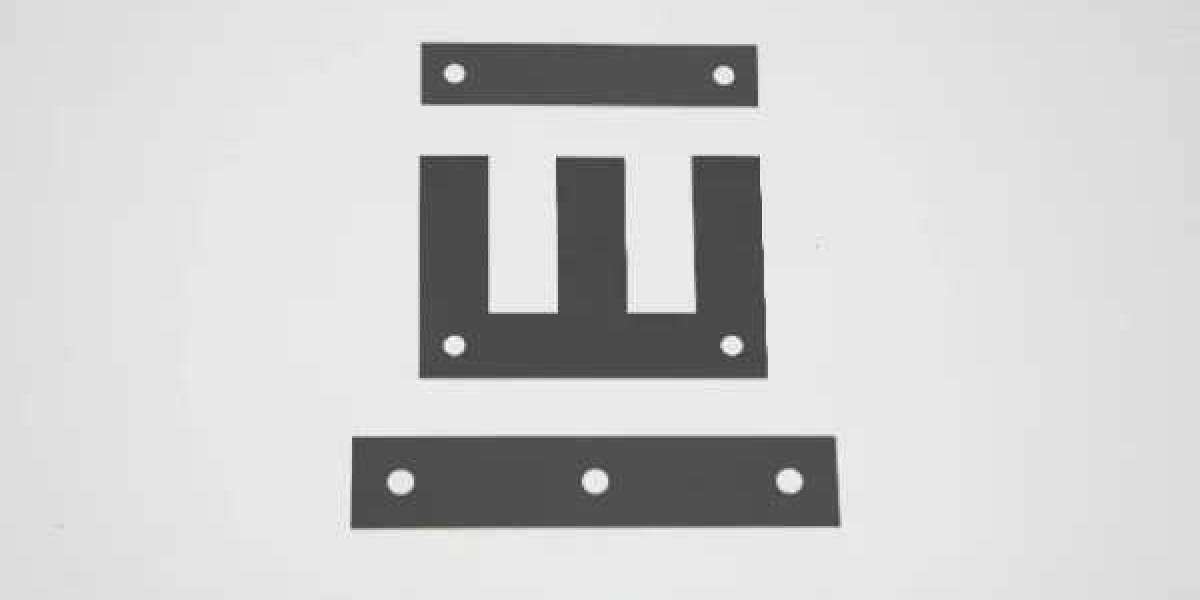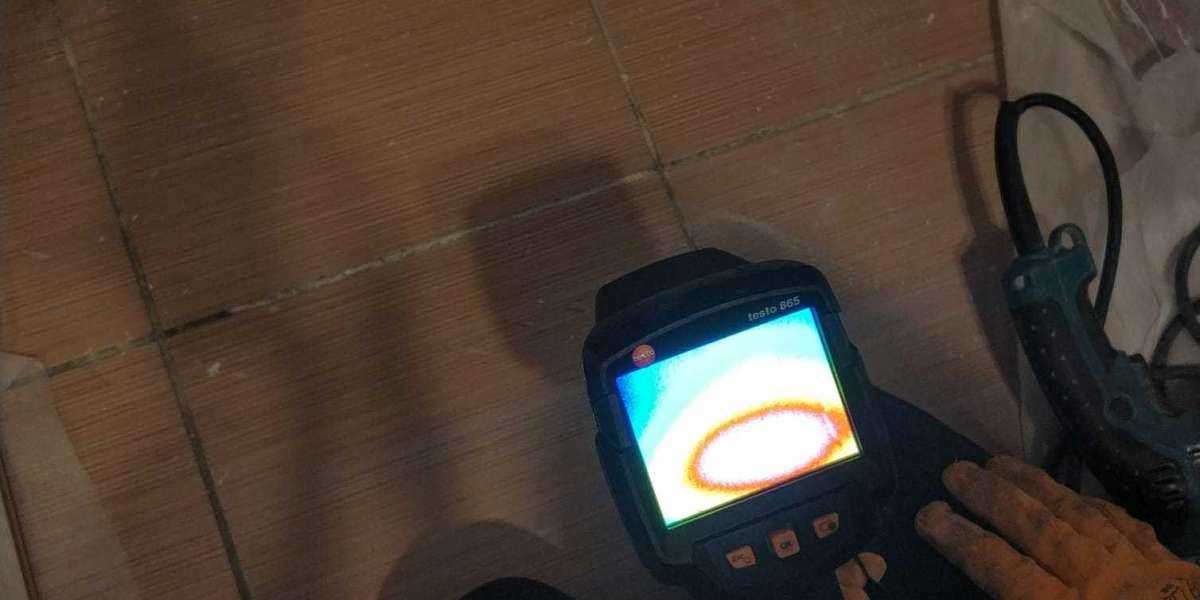In the world of electrical engineering, the efficiency and performance of electrical systems are of paramount importance. One crucial component that plays a significant role in achieving these goals is the three-phase EI lamination. This blog post aims to explore the features and advantages of standard three-phase EI lamination, shedding light on its importance in various applications.
1. Definition and Purpose of Three-Phase EI Lamination:
Three-phase EI lamination refers to a type of electrical steel laminations used in three-phase transformers and other electrical devices. These laminations are made from high-quality electrical steel sheets, which are stacked together to form a core. The primary purpose of three-phase EI lamination for sale is to reduce energy losses and improve the overall efficiency of electrical systems.

2. Core Construction and Design:
The construction and design of three-phase EI lamination are crucial factors that contribute to its efficiency. The laminations are typically made from high-grade silicon steel, which possesses excellent magnetic properties. The sheets are carefully stacked and insulated to minimize eddy current losses and ensure optimal magnetic flux distribution.
3. Low Core Losses:
One of the key features of standard three-phase EI lamination for sale is its low core losses. Core losses occur due to hysteresis and eddy currents within the laminations. However, the high-quality silicon steel used in three-phase EI lamination significantly reduces these losses, resulting in improved energy efficiency and reduced heat generation.
4. High Magnetic Permeability:
Another important characteristic of three-phase EI lamination is its high magnetic permeability. Magnetic permeability refers to the material's ability to conduct magnetic flux. The high permeability of the laminations allows for efficient magnetic coupling between the primary and secondary windings, ensuring optimal power transfer and minimizing energy losses.
5. Reduced Noise and Vibration:
Standard three-phase EI lamination is designed to minimize noise and vibration levels in electrical systems. The precise stacking and insulation of the laminations help reduce the magnetostriction effect, which is responsible for generating noise and vibrations. This feature is particularly crucial in applications where noise reduction is essential, such as in residential areas or noise-sensitive environments.
6. Thermal Stability and Cooling:
Efficient heat dissipation is vital for the longevity and reliability of electrical systems. Three-phase EI lamination for sale offers excellent thermal stability, allowing for effective cooling of the core. The laminations are often designed with specific cooling channels or ducts to facilitate the flow of cooling fluids, ensuring optimal operating temperatures and preventing overheating.
7. Versatility and Customization:
Standard three-phase EI lamination is available in various sizes and shapes, making it highly versatile for different applications. Manufacturers can customize the laminations to meet specific design requirements, such as core dimensions, winding configurations, and voltage ratings. This flexibility allows for the efficient integration of three-phase EI lamination into a wide range of electrical systems.
8. Environmental Considerations:
In today's environmentally conscious world, the sustainability of electrical components is a significant concern. Three-phase EI lamination for sale is often manufactured using eco-friendly materials and processes, ensuring minimal environmental impact. Additionally, the energy efficiency achieved through the use of these laminations contributes to reducing overall energy consumption and carbon footprint.
Conclusion:
Standard three-phase EI lamination plays a crucial role in enhancing the efficiency, performance, and reliability of electrical systems. Its low core losses, high magnetic permeability, reduced noise and vibration levels, thermal stability, and versatility make it an indispensable component in various applications. By incorporating three-phase EI lamination, engineers and manufacturers can optimize energy usage, reduce environmental impact, and deliver superior electrical systems that meet the demands of modern society.
Jiangyin Tianxiang Electrical Appliance Co., Ltd. was established in 1990. The company currently covers an area of more than 35,000 square meters and a building area of 18,000 square meters. It is currently the production base with a complete range of silicon steel sheets in East China. There are more than 200 employees, including 38 professional and technical personnel with bachelor's degree or above and 6 engineers. There are several professional management personnel. We can provide you with high-quality products, welcome to come for consultation at any time!
https://www.jstxgx.com/Features-of-standard-three-phase-EI-lamination.html








